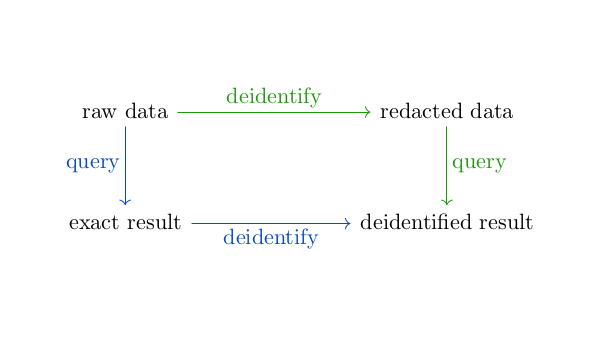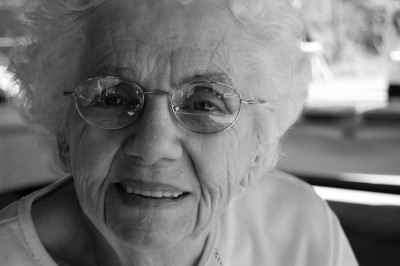Differential entropy is the continuous analog of Shannon entropy. Given a random variable X with density function fX, the differential entropy of X, denoted h(X), is defined as
where the integration is over the support of fX. You may see differential entropy defined using logarithm to a different base, which changes h(X) by a constant amount.
In [1] the authors defined the privacy of a random variable X, denoted Π(X), as 2 raised to the power h(X).
This post will only look at “privacy” as defined above. Obviously the authors chose the name because of its application to privacy in the colloquial sense, but here we will just look at the mathematics.
Location and scale
It follows directly from the definitions above that location parameters do not effect privacy, and scale parameters change privacy linearly. That is, for σ > 0,
If we divide by standard deviation before (or after) computing privacy then we have a dimensionless quantity. Otherwise there’s more privacy is measuring a quantity in centimeters than in measuring it in inches, which is odd since both contain the same information.
Examples
If X is uniformly distributed on an interval of length a, then h(X) = log2 a and Π(X) = a.
The privacy of a standard normal random variable Z is √(2πe) and so the privacy of a normal random variable with mean μ and variance σ² is σ√(2πe).
The privacy of a standard exponential random variable is 1, so the privacy of an exponential with rate λ is 1/λ.
Bounds
A well-known theorem says that for given variance, differential entropy is maximized by a normal random variable. This means that the privacy of a random variable with variance σ² is bounded above by σ√(2πe).
The privacy of a Cauchy random variable with scale σ is 4πσ, which is greater than σ√(2πe). This is does not contradict the statement above because the scaling parameter of a Cauchy random variable is not its standard deviation. A Cauchy random variable does not have and standard deviation.
Related posts
- Identifiers depend on context
- Rényi entropy
- Information loss and entropy
- Information in a discretized normal
[1] Agrawal D., Aggrawal C. C. On the Design and Quantification of Privacy-Preserving Data Mining Algorithms, ACM PODS Conference, 2002. (Yes, the first author’s name contains one g and the second author’s name contains two.)




